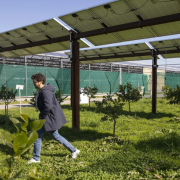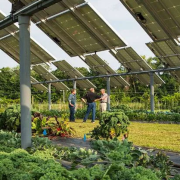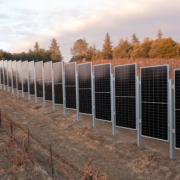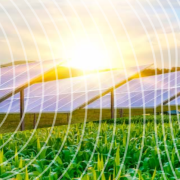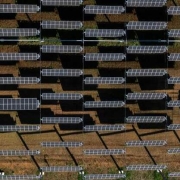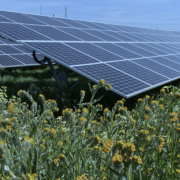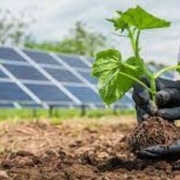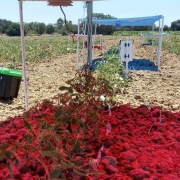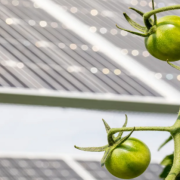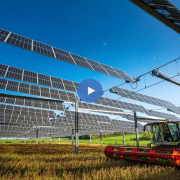The citron of Calabria in southern Italy had almost died out from extreme weather and lack of economic value. But growing the crop under a canopy of solar panels has given the fruit a new lease of life – with lessons for many climate-stressed crops.
On a warm late winter morning, Antonio Lancellotta, a 35-year-old farmer, shows me around one of his family’s unorthodox 1.8-acre (7,280 square metre) greenhouse in Scalea, southern Italy. Rows of lush citron trees (Citrus medica), heavy with white flowers fill the space. Yet, above the trees, at about 12.5ft (3.8m) above the ground, alternating lines of transparent plastic sheets and photovoltaic panels roofed the field. The Lancellotta family was one of the first in Italy to experiment with “agrivoltaics”, where crops are grown underneath solar panels.
“Look at the quality of this citron,” Lancellotta says, holding a large heart-shaped yellow fruit. “Perfect.”
Click here to read the full article
Source: BBC
—
If you have any questions or thoughts about the topic, feel free to contact us here or leave a comment below.

